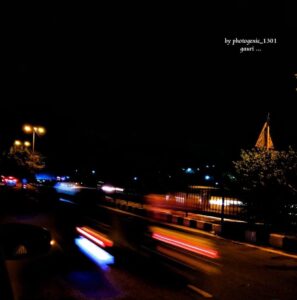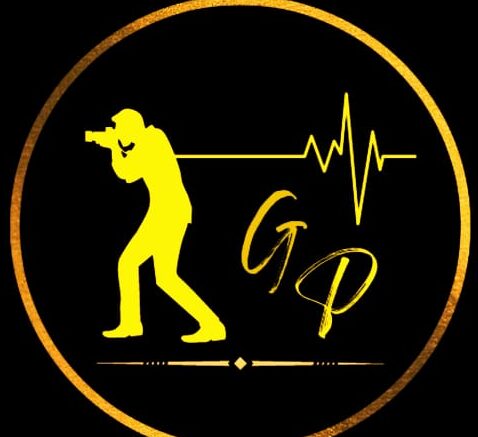 Street Photography
Street Photography
What is street photography?
Street photography is a dynamic and captivating genre that allows photographers to capture the raw essence of urban life. It’s about freezing fleeting moments, emotions, and stories that unfold on the streets. With its roots dating back to the early days of photography, street photography continues to evolve as a powerful medium of artistic expression. This blog dives into the world of street photography, exploring its history, techniques, challenges, and the unique perspectives it offers.
The Evolution of Street Photography:
The history of street photography can be traced back to the late 19th century, with photographers like Eugene Atget capturing Parisian street scenes. However, it wasn’t until the mid-20th century that the genre gained significant recognition. Pioneers like Henri Cartier-Bresson and Garry Winogrand used small, inconspicuous cameras to document everyday life, often focusing on the interactions between people and their urban environments.
Capturing the Candid Moment:
One of the defining characteristics of street photography is its emphasis on candid moments. Photographers strive to capture unposed, authentic scenes that encapsulate the emotions and stories of the subjects. This requires a keen eye for detail, the ability to anticipate moments, and the skill to make split-second decisions. Patience is key; waiting for the right moment to unfold is often more rewarding than forcing a shot.
Technical Considerations:
Street photographers often opt for compact cameras or even smartphones due to their portability and inconspicuous nature. These tools allow photographers to blend into the environment, minimizing the intrusion on the subjects. Wide-angle lenses are popular for capturing sweeping urban scenes, while prime lenses offer a versatile approach for close-up shots. Shooting in manual mode provides control over settings, but quick adjustments are essential to capture fleeting moments.
Composition and Storytelling:
Composition plays a crucial role in street photography. Elements like leading lines, framing, and the rule of thirds guide the viewer’s eye and create visually appealing images. Street photographers are storytellers, weaving narratives from the interactions they capture. A single photograph can tell a myriad of stories, from the laughter shared between friends to the solitude of a person lost in thought.
Challenges and Ethics:
While street photography offers a unique window into everyday life, it also raises ethical questions. Photographers must navigate the fine line between capturing genuine moments and respecting people’s privacy. Some candid shots might capture vulnerable or intimate moments, and it’s important to consider the potential impact on the subjects and the audience.
Overcoming Challenges:
Street photography isn’t without its challenges. Photographers often face rejection, suspicion, or even confrontations while attempting to capture scenes. Developing a thick skin, practicing respectful behavior, and knowing when to step back are essential skills. Over time, photographers learn to embrace rejection as a natural part of the process.

Post-Processing and Style:
Post-processing is where the photographer’s vision truly comes to life. Editing can enhance the mood, emphasize certain elements, and transform an ordinary scene into a captivating story. Some photographers prefer a classic black-and-white aesthetic for its timeless quality, while others opt for vibrant colors to evoke the energy of urban life.
Certainly, let’s delve deeper into some key aspects of street photography:
1. *Observation and Awareness:*
Street photographers need to be keen observers of their surroundings. This involves not just looking at people, but also being attuned to the architecture, light, shadows, and patterns that create the urban landscape. Developing a heightened sense of awareness allows photographers to anticipate and capture moments that might otherwise go unnoticed.
2. *Decisive Moments:*
The concept of the “decisive moment,” popularized by Henri Cartier-Bresson, refers to the split second when all the elements within a scene come together in perfect harmony. Street photographers often have to make quick decisions about when to press the shutter, capturing a moment that might never repeat itself.
3. *Emotion and Expression:*
Street photography is all about capturing the emotions and expressions of people in their everyday lives. Whether it’s joy, sadness, curiosity, or contemplation, these emotions add depth and relatability to the images. By focusing on the human aspect, photographers can create images that resonate with viewers on a personal level.
4. *Storytelling Through Series:*
While individual street photographs can tell powerful stories, curating a series of images takes storytelling to another level. A series allows photographers to explore a theme, a location, or an emotion more comprehensively. The sequence of images can offer a deeper understanding of a particular subject or place.
5. *Incorporating Elements of the Environment:*
Street photography is not solely about capturing people; it’s also about the environment in which they exist. Incorporating elements such as signage, graffiti, architectural details, and even weather conditions can add context and character to the images.

6. *Minimalism and Abstraction:*
Street photography doesn’t always have to be about capturing the entirety of a scene. Photographers often experiment with minimalism, focusing on isolated subjects, patterns, or textures that create abstract and visually intriguing compositions.
7. *Timing and Pacing:*
Successful street photography requires patience and an understanding of timing. Sometimes, a photographer might find a compelling spot and wait for the right subjects to enter the frame. Other times, they might walk and observe, allowing scenes to unfold organically.
8. *Interaction with Subjects:*
Interacting with subjects can yield interesting results. While some photographers prefer to remain inconspicuous, others engage with their subjects, creating a unique connection that can lead to more authentic and personal images.
9. *Cultural Sensitivity:*
When practicing street photography, especially in culturally diverse settings, it’s important to be sensitive to local customs and norms. Respecting the people you’re photographing and seeking permission when appropriate can lead to more meaningful interactions and better photographs.
10. *Constant Learning and Evolution:*
Street photography is a constantly evolving genre. Photographers are always learning, experimenting with new techniques, styles, and equipment. Attending workshops, studying the works of master photographers, and pushing one’s creative boundaries are all part of the journey.
 Conclusion:
Conclusion:
Street photography continues to be a source of inspiration and fascination for both photographers and viewers alike. It’s a medium that captures the human experience in its unfiltered, unposed form. By honing their technical skills, mastering the art of observation, and respecting the subjects they capture, street photographers create images that transcend time and borders, reminding us of the beauty and complexity of the world around us. So, grab your camera, hit the streets, and start capturing life’s most genuine moments.
